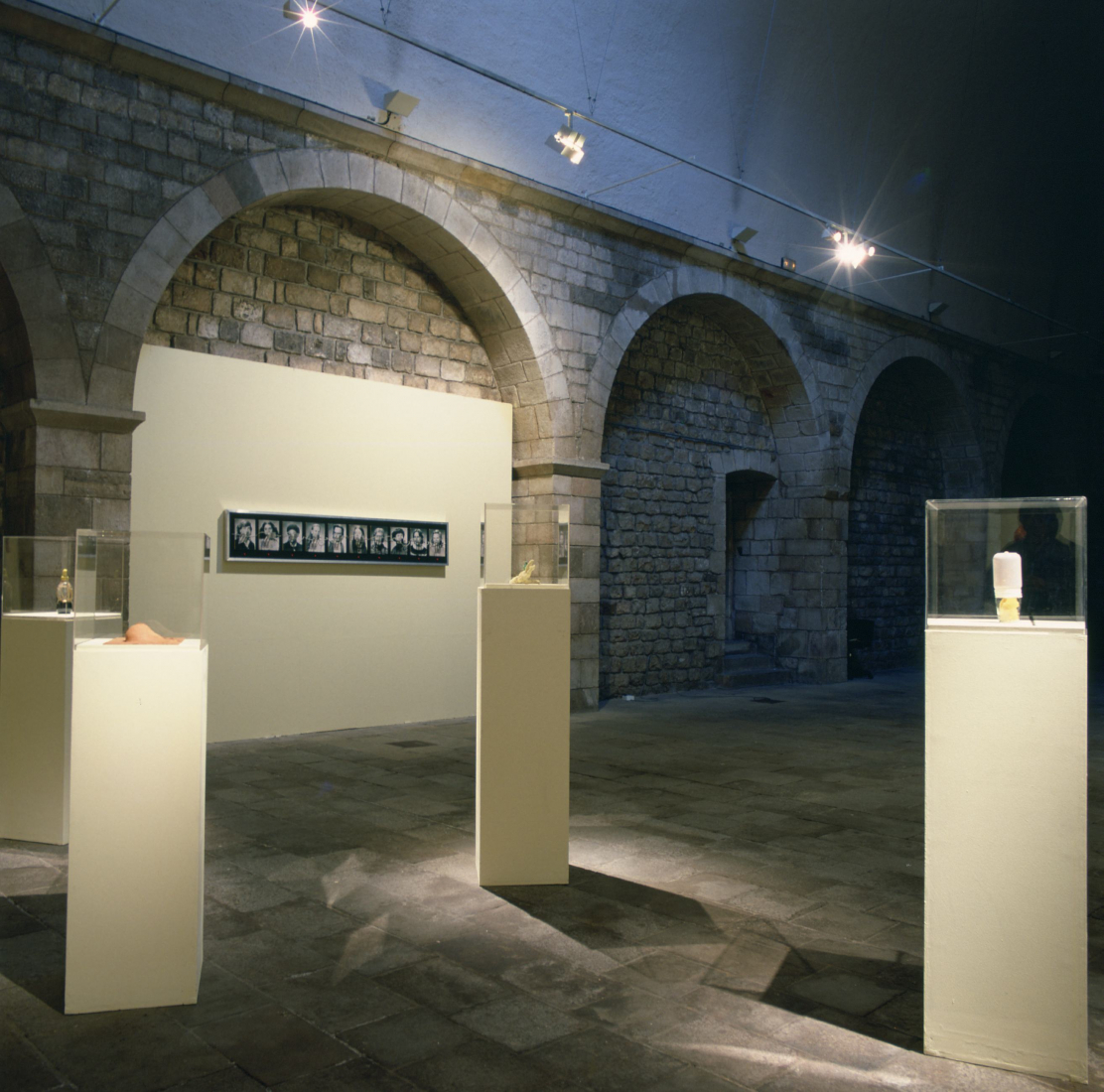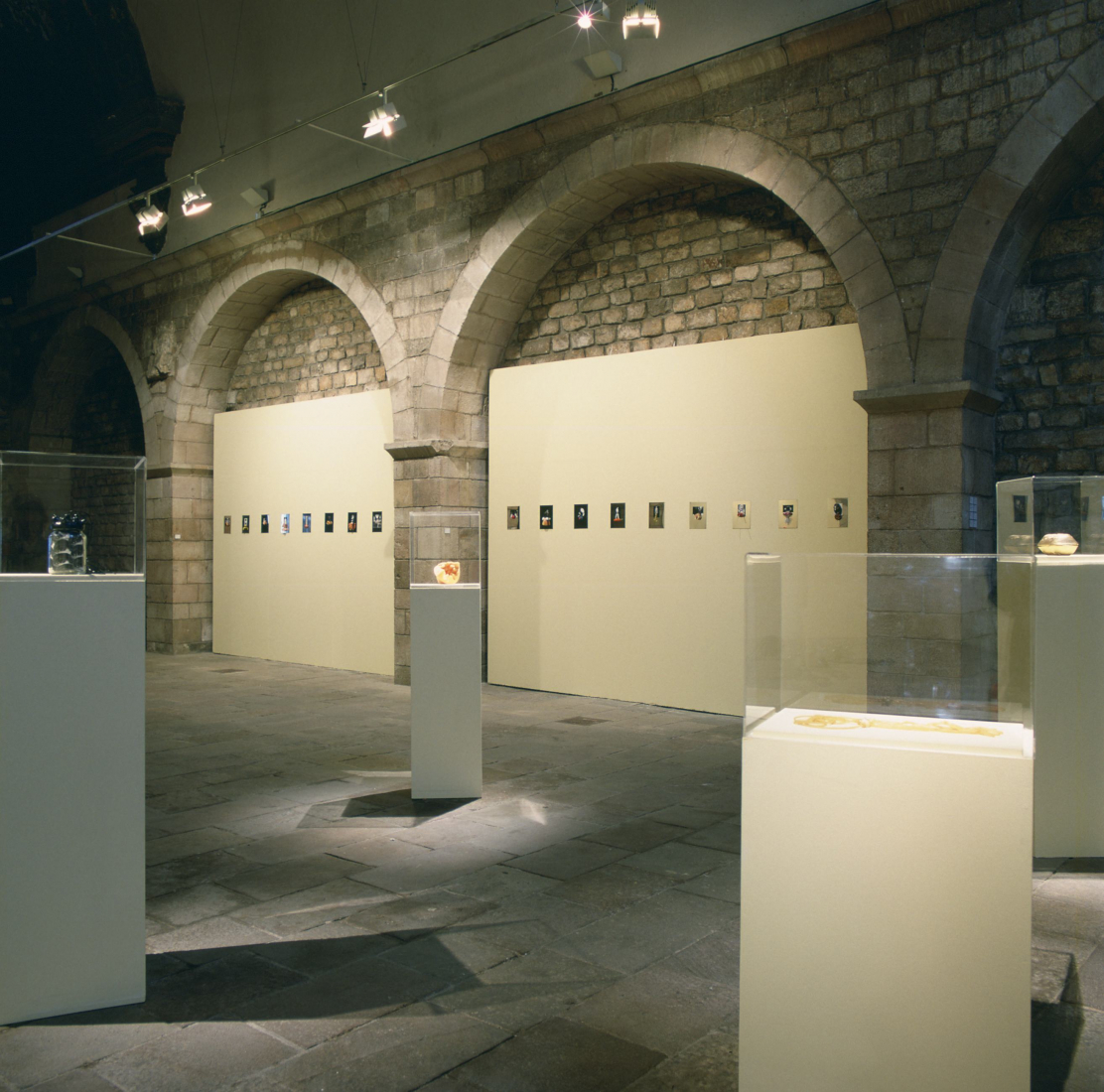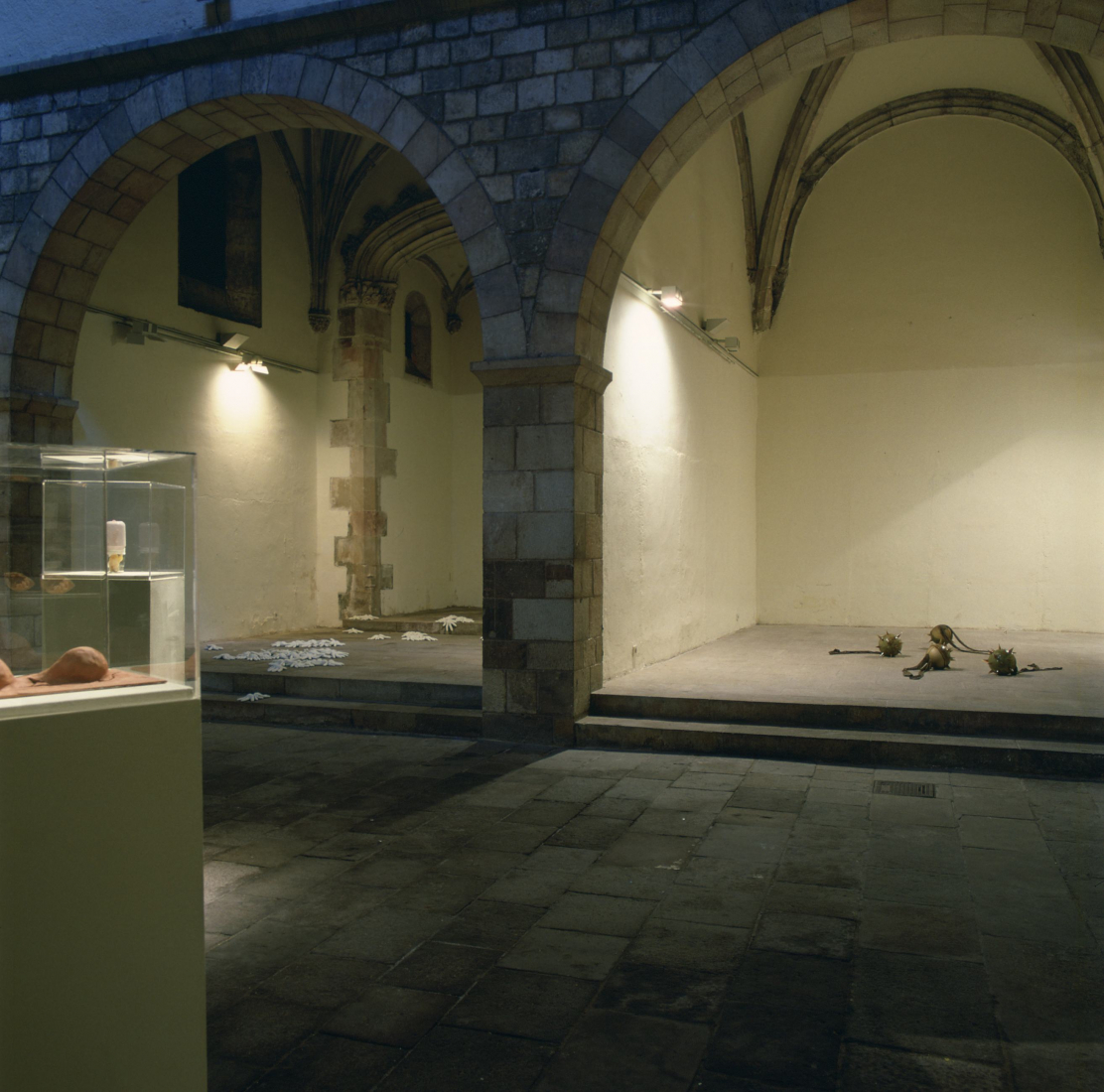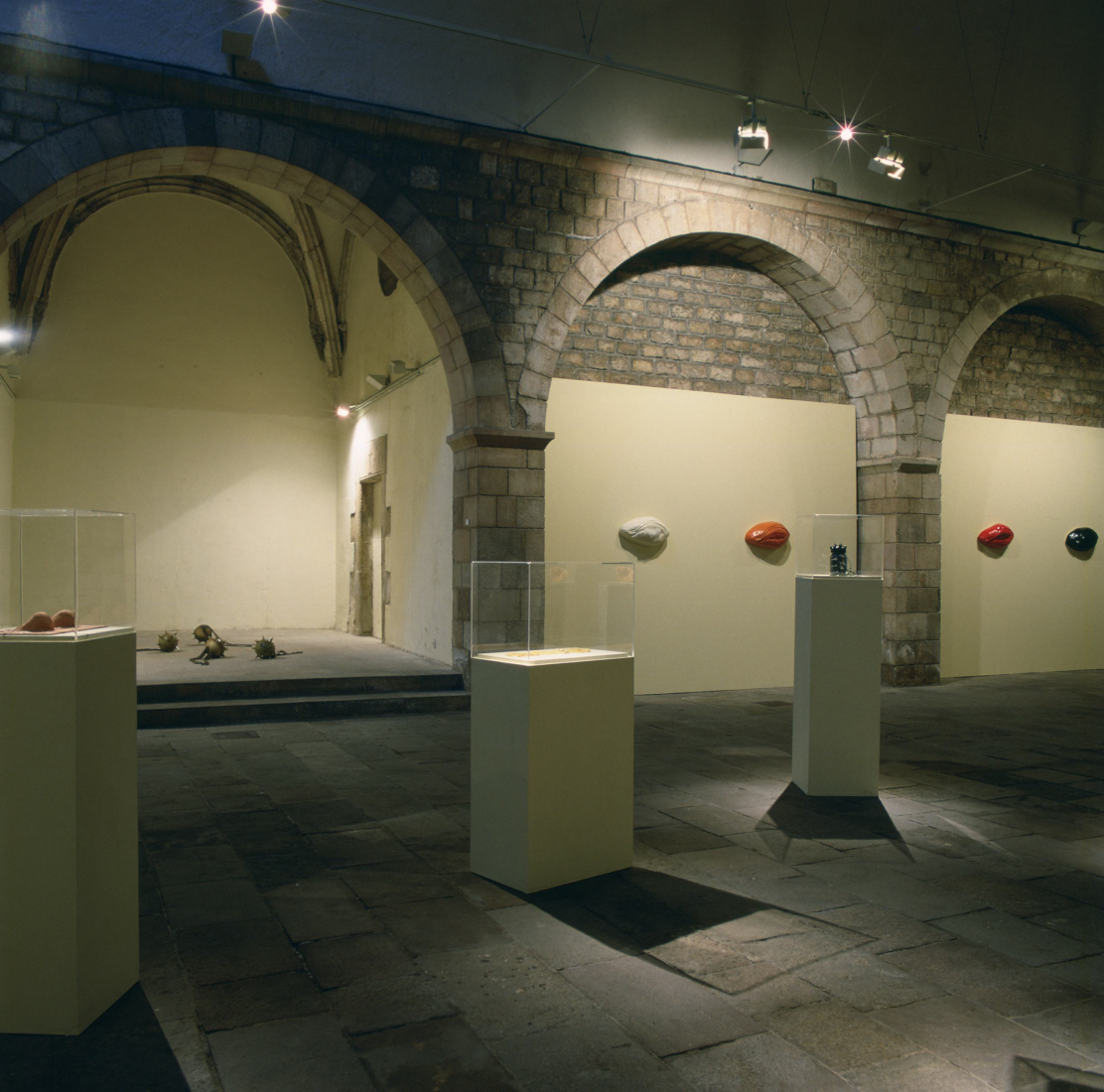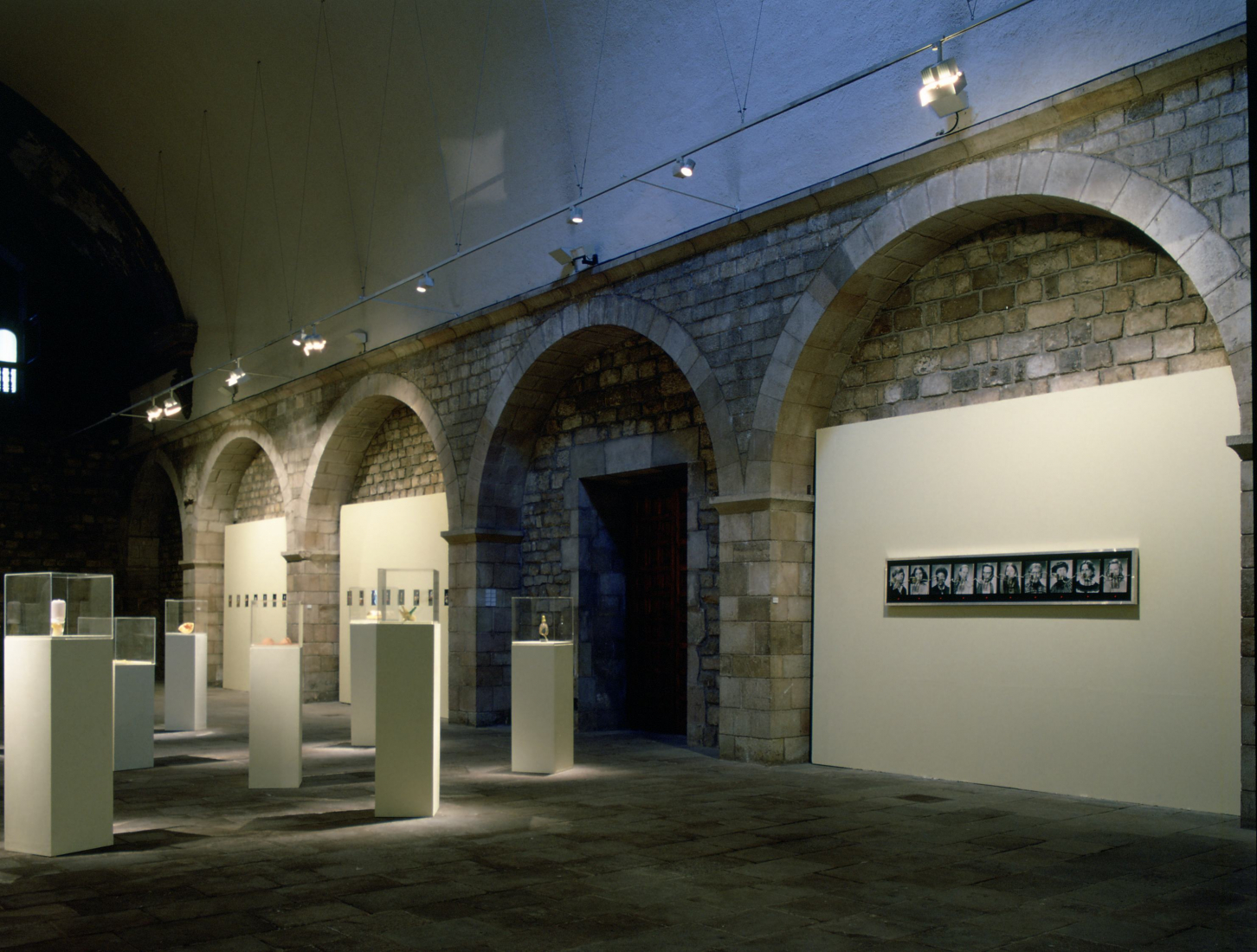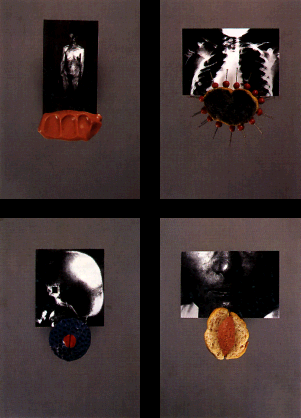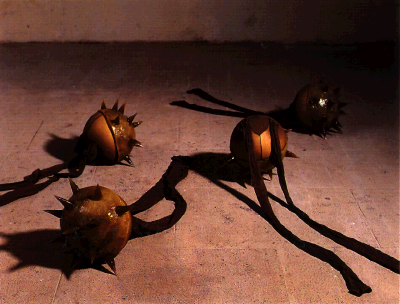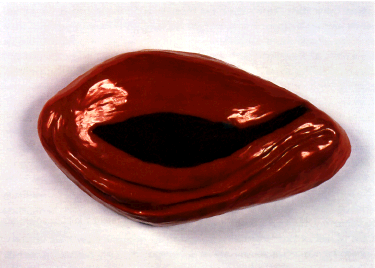Fissures
Over the last few years, and after serious and numerous attempts to consolidate a discourse based on strict artistic issues, from formal perspectives as well as from others that are notably more reflective, we have been proving as a progressive easing of aspects linked to an uncertain notion of privacy, they went deeper and deeper into the core of contemporary artistic production, without knowing yet how accurate it is at this time: perhaps a bit of tiredness of previous formulations socio-artistic, perhaps an unexpected international wave more or less fashionable, perhaps a depletion of certain visual proposals excessively anchored in the immediacy of the present, perhaps a conscious and definitive decision on the part of some artists when it comes to considering not how it is a work of art but what is it, perhaps a kind of inertia that ends up combining the events and events In a way that is not very clarified, or perhaps nothing more than a mixture of different ingredients, weighing that nothing in the historical course must be subject to a certain dynamics previously formulated. At least not momentarily. But this discourse of privacy has to be taken increasingly, with a good dose of prevention to know how to avoid everything that is strict subjective immediacy and improperly autobiographical rhetoric with transcendental pretensions, and instead be able to delight us in everything the other that really brings a new conception of the affairs of creation, thinking, on the other hand, that there are many aspects that link - and even more should link - the dedication to the production of meaning with certain doses of singularities not both strictly existential rather than referring to an uncertain idea of what we might call the extensions of experience.
There is no doubt, on the other hand, that it has been basically from the universe of women - and not only from women -, first, and from the rest of social and sexual minorities that have landed massively in production artistic throughout the eighties, then, that this new repertoire of intentions and formalizations has acquired a true letter of nature. From historical precedents in the mid-sixties - for example, inaugurals that Lucy R. Lippard makes in the field of literature and art by locating Sylvia Plath, Diane Arbus or Eva Hesse in the Anglo-Saxon context, and in the trajectories of which the separation between art and life was, at least, conflicting - to other new considerations of body aspects and experiences linked to the notion of subject not necessarily as dramatic as those mentioned, the truth is that a Likely new sensitivity has ended up to gain shape and has also been introduced in the workshops of young artists as an intentional possibility and a remarkably singular and powerful expressive record. This is the case of Ester Partegàs's work.
This is a work that in some aspects is still in phases perhaps a bit incipient - especially as regards its processes of formalization - but that presents a clear and precise global intentionality, thinking that the work of an artist It ends up showing its relationship with reality and its things, formulating its links and also showing the deficiencies and the results. In this sense, this attempt to order the reality - and order, in short, itself as an artist - and make possible the transformation of the acceptance of things, establishes a series of actions, both physical and thought, also intended to involve the viewer. We are faced with a work that relates essentially to things and to external phenomena. The phenomena of an exteriority that is an idea of the perception of the world and its most fragile points: to give rise to the unexpected and the unexpected, to exhibit this same fragility in itself, to show the formal and material instability, to divide one a certain notion of slipping, of imprisonment, almost suffocating, and ending up to relate the idea of the generic wound with the construction, if not the identity of a specific self, of a subjective sphere that gives entry and exit, interchanging -to them, to external phenomena and to internal devices.
The objects, the works of Ester Partegàs, show an idea strongly linked to a procession very immediate and very coarse, not at all material, and as if the passage of time evidenced or stressed even more than the physical conditions of their objects seem transient anecdotes , and that this passage of time will eventually end up destroying them, to corrode them, deforming and undoing everything that one day had a more or less recognizable form or appearance: almost like the processes of one's own existence , and almost like the processes of one's own physicality, of integrity. She usually speaks of rosec when referring to many of her pieces, as a perennial idea that refers to what is undetectable in a drowsy way, a torment caused by a strong uneasiness, intense physical pain and persistent noise as if corrode the flesh alive, the flesh, like the ends of the wounds that are deformed due to a poorly evolved scar, cause the same time processes that deteriorate and wear out, which break down and which deform, such as changing tissues They cure a wound. Zeige deine Wunde, by Beuys, is a piece, for example, that she is particularly present, not as a formalization but also as a starting point, as an inaugural idea and as a creation stance, an installation that is He impressed vividly when he saw it for the first time, in the same way as some of the most powerful pieces of Eva Hesse's last years, all those that are more closely linked to existential avatars, and not so much the artist's singulars Like all those other generics of the condition.
The latest series of Ester Partegás - Objects, Beats, Prosthetics, Eyes - come from the need to respond to the world with their own arguments and instruments, using - to return - to everything that is daily, close and daily, and fully ephemeral, from the fields of a certain vivid immediacy: uncritical organic forms, waste or residual materials, detritus of all kinds, analogous references quite unclassifiable, saved photos, found forms, remnants of things, objects nearby, unconscious images and resources, finally, more or less archetypal, show internal tensions, processes of degradation and transformation symptoms that not only respond to decisions taken and positive evaluations, but are part of the work as an important and fundamental constituent element and that, on the other hand, are not the inevitable result of this same deterioration. Nothing is innocent and everything contains something: nothing is not in itself, everything refers to something external, everything contributes to minimally order reality by demonstrating its transformative processes of things close, as always working from an idea generic of perception of the world. Everything ends up happening, even as a recreation of what we could describe as personal tools: everything in a suitcase, perfectly transportable with minimal effort, occupying the least space and with enormous values of significance. The idea of meaning production continues to manifest itself very directly related to the possibilities of the construction of the subject and its surroundings, almost necessarily related. The works of Ester Partegas, increasingly distant from a kind of unicist conception of the work of art - most of them, devoid of the usual fetishist loads, could be made again every time they were going to exhibit Each specific place, even if they are always the same, or always the same, or that we always see them as the same, express a certain language of privacy considerably apart from the usual areas of language, such as a ferocious shift towards the territories where the personal extensions of experience are located in strata beyond their own speech, so that their own subject matter is constituted as a personal linguistic subject and their possible joints end up generating a new and equally private codification. The expressive power of things, gifts, will be linked to both memory and inner pressure, both expressive or discursive will and analog landslides, both to the processual deterioration and to its undeniable perceptual immediacy.



